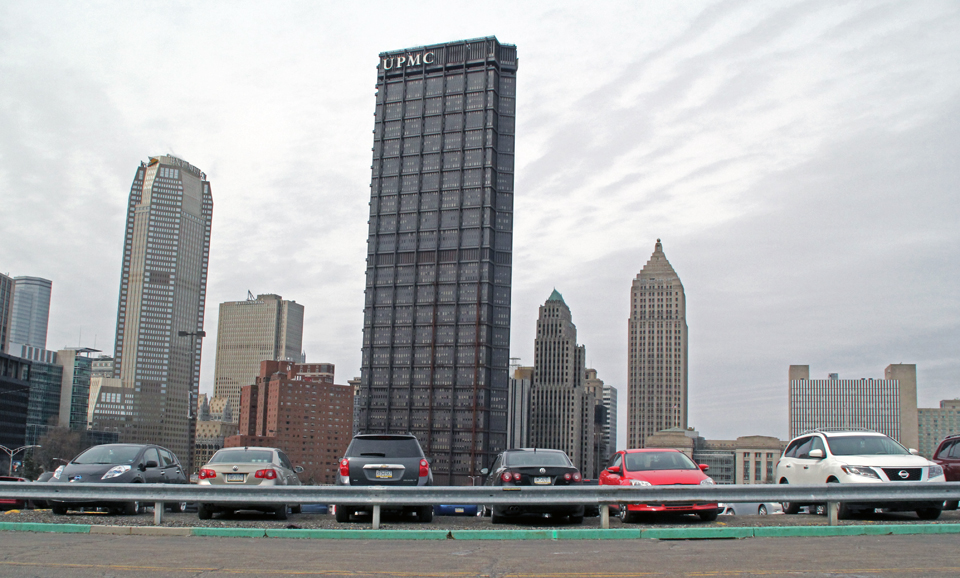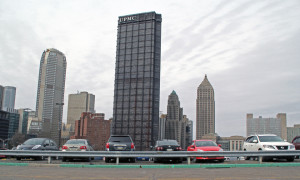

By Pat Higgins | Asst. Sports Editor
While the Penguins and Hill District officials continue to negotiate terms of redevelopment plans in the Lower Hill, the Sports & Exhibition Authority has announced that infrastructure construction on three of seven streets will begin in August.
According to Douglas Straley, an SEA project executive for the Lower Hill Development Plan, the proposed construction constitutes phase one of the organization’s role in the redevelopment of the 28-acre site adjacent to Consol Energy Center.
SEA received $15 million in state grant money last year, but failed to secure $18.7 million in grant money from the Department of Transportation in September. Now seven months later, they have announced the first phase of the project, which will cost approximately $9 to $10 million and begin in August, according to Straley.
The announcement follows the completion of final interior design for three streets (Wiley, Crawford and Logan Streets, according to SEA’s proposed development plan) in the eastern portion of the construction plans.
Between September 2013 and now mid-April, Straley said SEA has “taken significant steps” in the design plans for their portion of the development. The organization will submit a second “tagger” application due by April 28, which includes the final infrastructure construction plans for two new streets between Washington Place and Crawford Street, as well as improvements to Crawford.
The package will provide necessary infrastructure including utilities, water lines, storm lines and sanitary lines for the eastern portion of the development plan before contractors build a total of seven new roads between Bedford and Centre Avenues. In addition, it will add a street, proposed Lemieux Place, to provide more convenient access from Centre Avenue to I-579.
The names of the proposed streets may change upon construction, but according to the SEA’s projected layout of traffic improvement in the area, they are Logan Street and Wylie Avenue for reference at the present time.
The announcement is a positive one for the proposed construction plans, which hit a number of road blocks between last September and now, including the SEA’s failure to secure federal grant money from the DOT’s TIGER program in mid-2013 and disagreement in housing negotiations between the Penguins and Hill leaders most recently this winter and now spring. They were able to complete final design plans for infrastructure and schedule a proposed starting date, with sufficient funding.
The SEA’s construction of the infrastructure is necessary and timely. It lays the framework for the development plans, which the Penguins and Hill officials are currently discussing to no accord. The Penguins face an Oct. 31 option agreement deadline under which the franchise must submit a Zoning Code Agreement and Preliminary Land Development Plan. From there, they are obligated to develop at least 10 percent of the site per year for the next decade.
Straley said the implementation of phase two, the completion of design and construction plans for the remainder of the project, is dependent upon federal grant money from the TIGER program. In all, SEA estimates the project will cost around $30 million. They received $15 million in grant money from the state in September, but need another $15 million in all for the final completion of infrastructure design.



